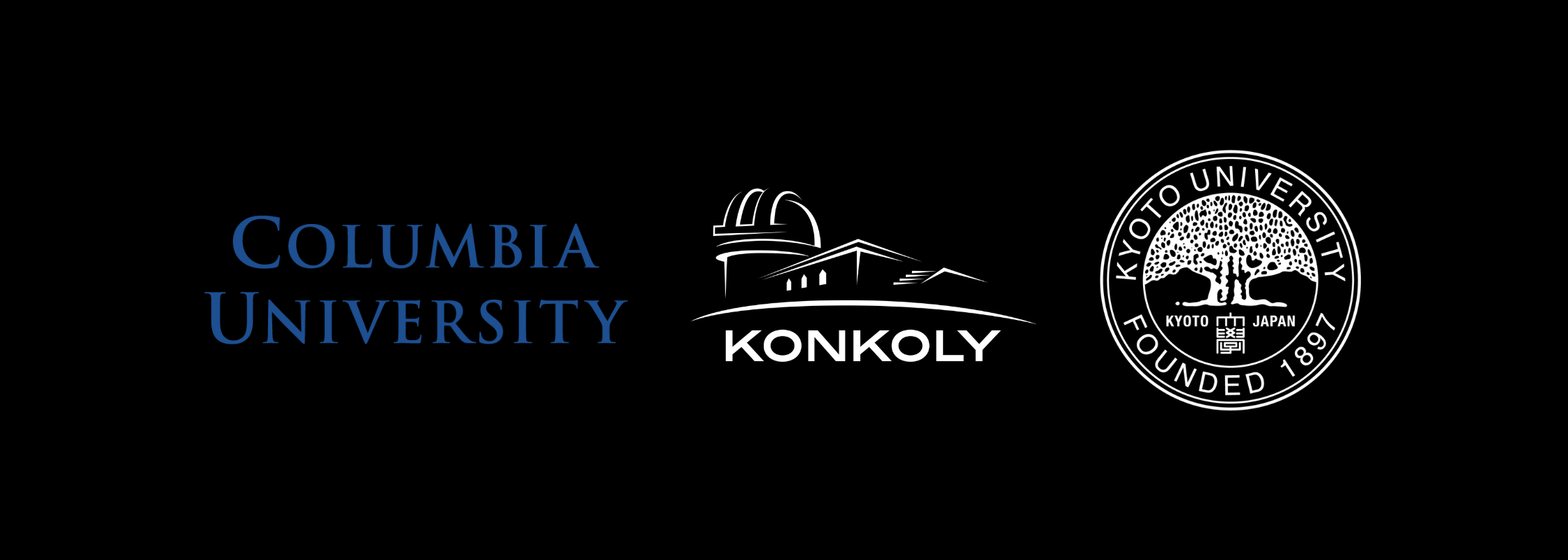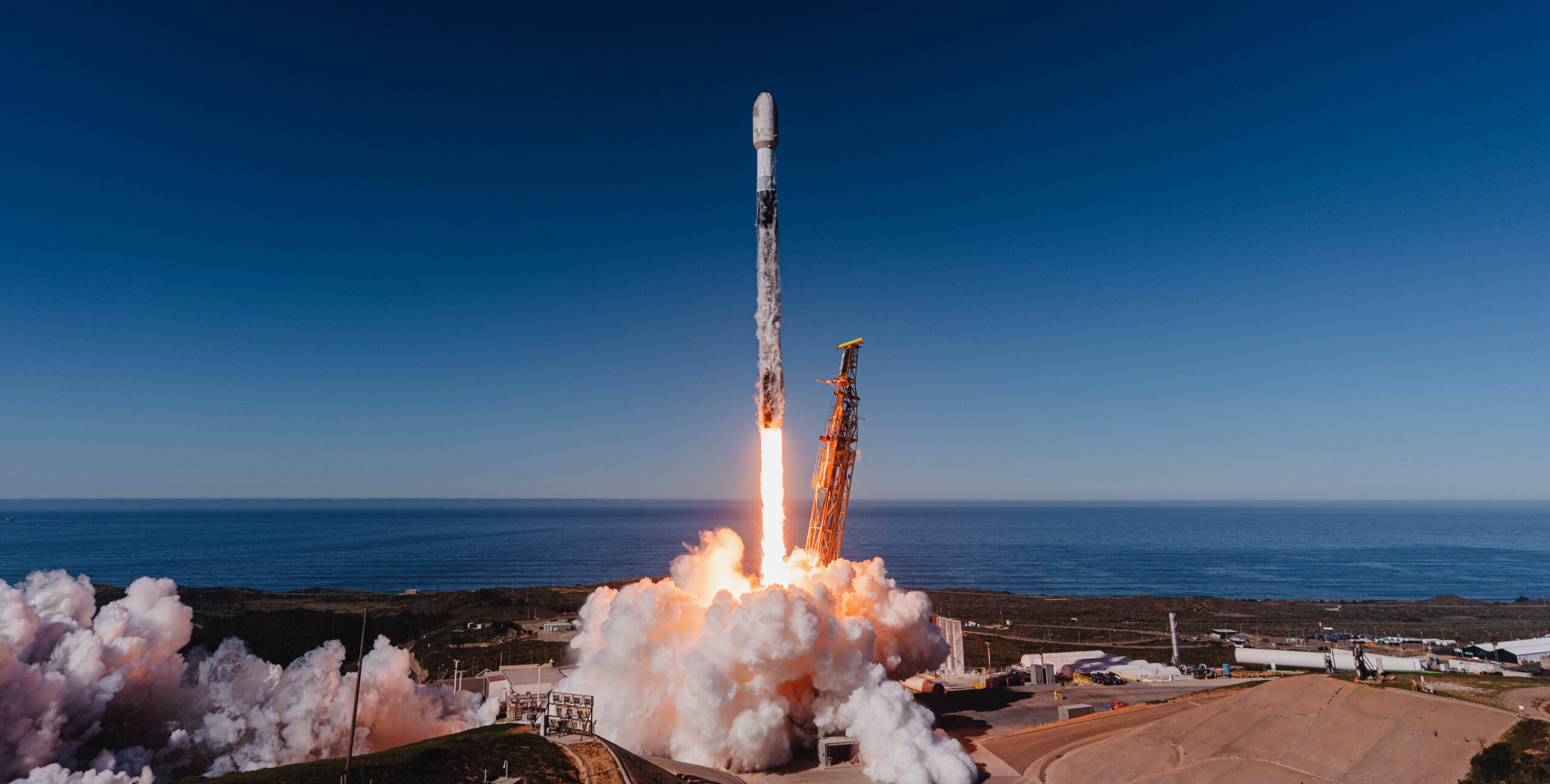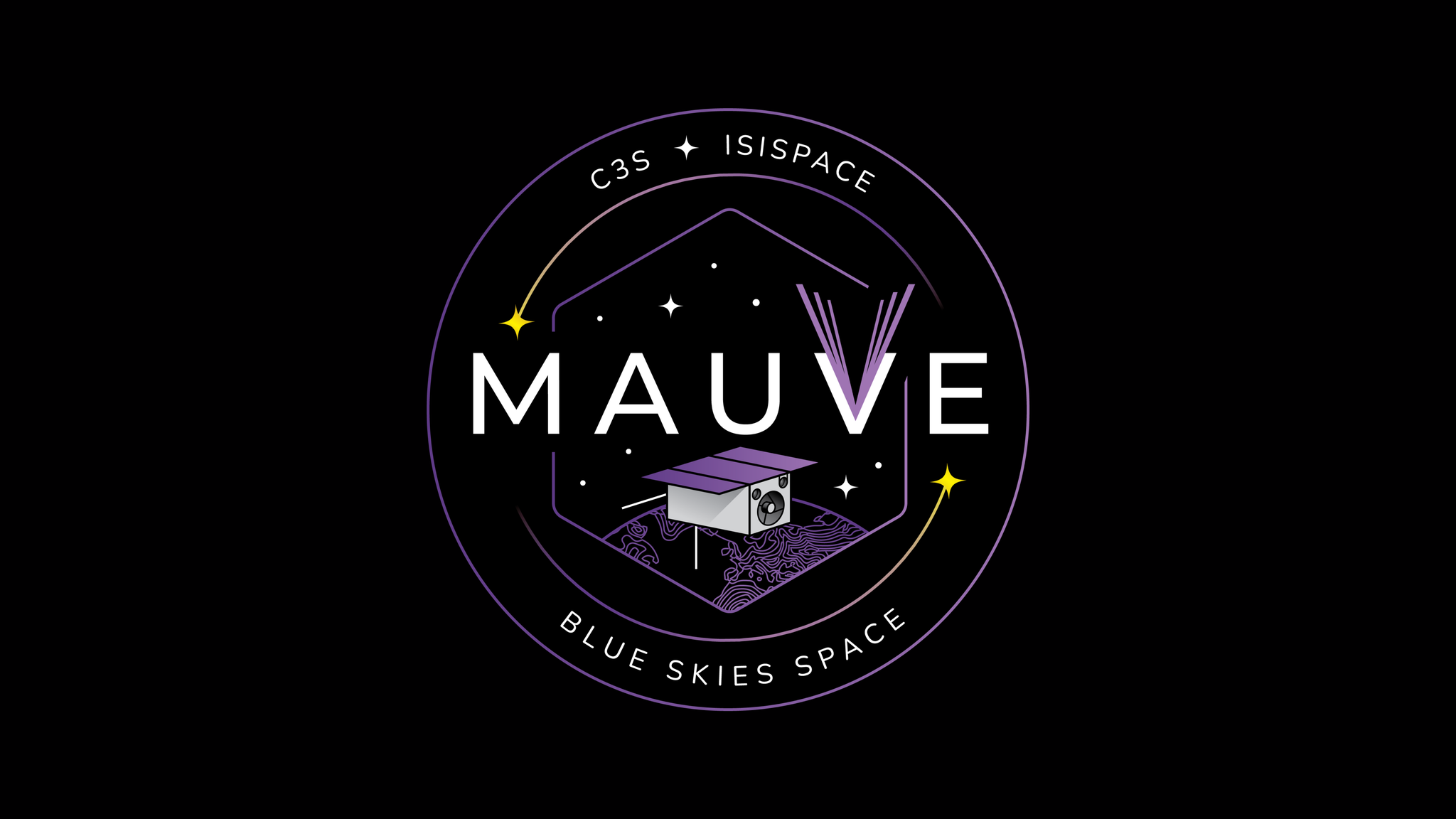
🇮🇹 Visualizza questa pagina in italiano
About Blue Skies Space Italia
Blue Skies Space Italia has been set up to support the development of innovative mission concepts. Blue Skies Space is pioneering a new model to deliver high-quality space science data in accelerated timescales to the global scientific community, helping them to answer humanity’s greatest scientific questions. Through a fleet of low-Earth orbit satellites, the company aims to serve the global demand for high-quality science data across many research areas, including the monitoring of stars, understanding what the atmospheres of faraway exoplanets are made of, as well as the composition of asteroids in our Solar System.
Blue Skies Space Italia S.r.l. (Company number: 12527420967) is a fully owned subsidiary of Blue Skies Space Ltd., with a registered address at Via Vincenzo Monti, 16, 20123 Milano, Italy.
Latest News
Current Projects
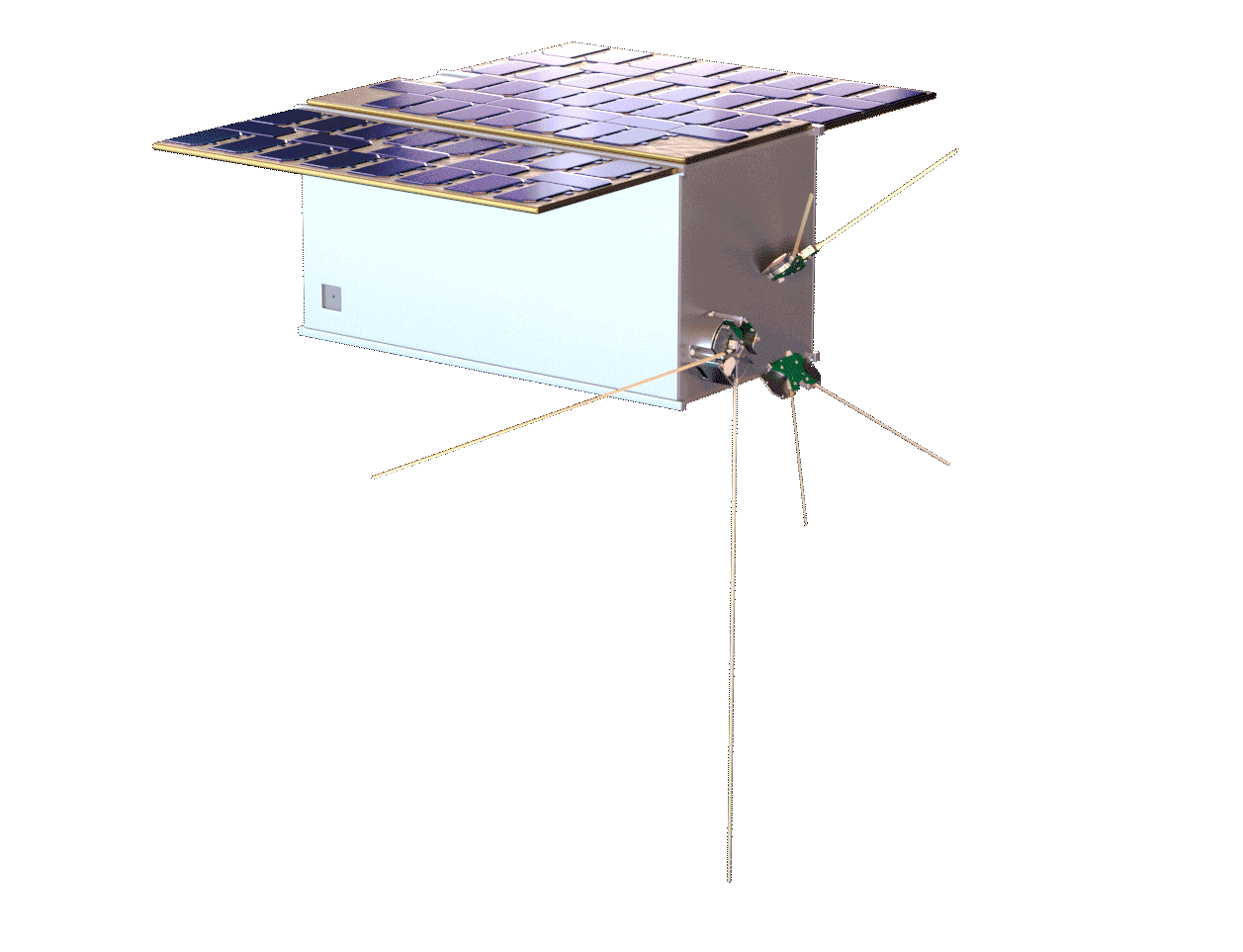

Blue Skies Space Italia is responsible for delivering the payload for Mauve, a UV satellite conceived to study stars in our galaxy. Mauve will provide a greater understanding of stellar flares and their impact on the habitability of neighbouring exoplanets. Mauve’s science programme will be delivered via a multi-year collaborative survey programme, with thousands of hours each year available for long observations of hundreds of stars, unlocking a significant time domain astronomy opportunity.
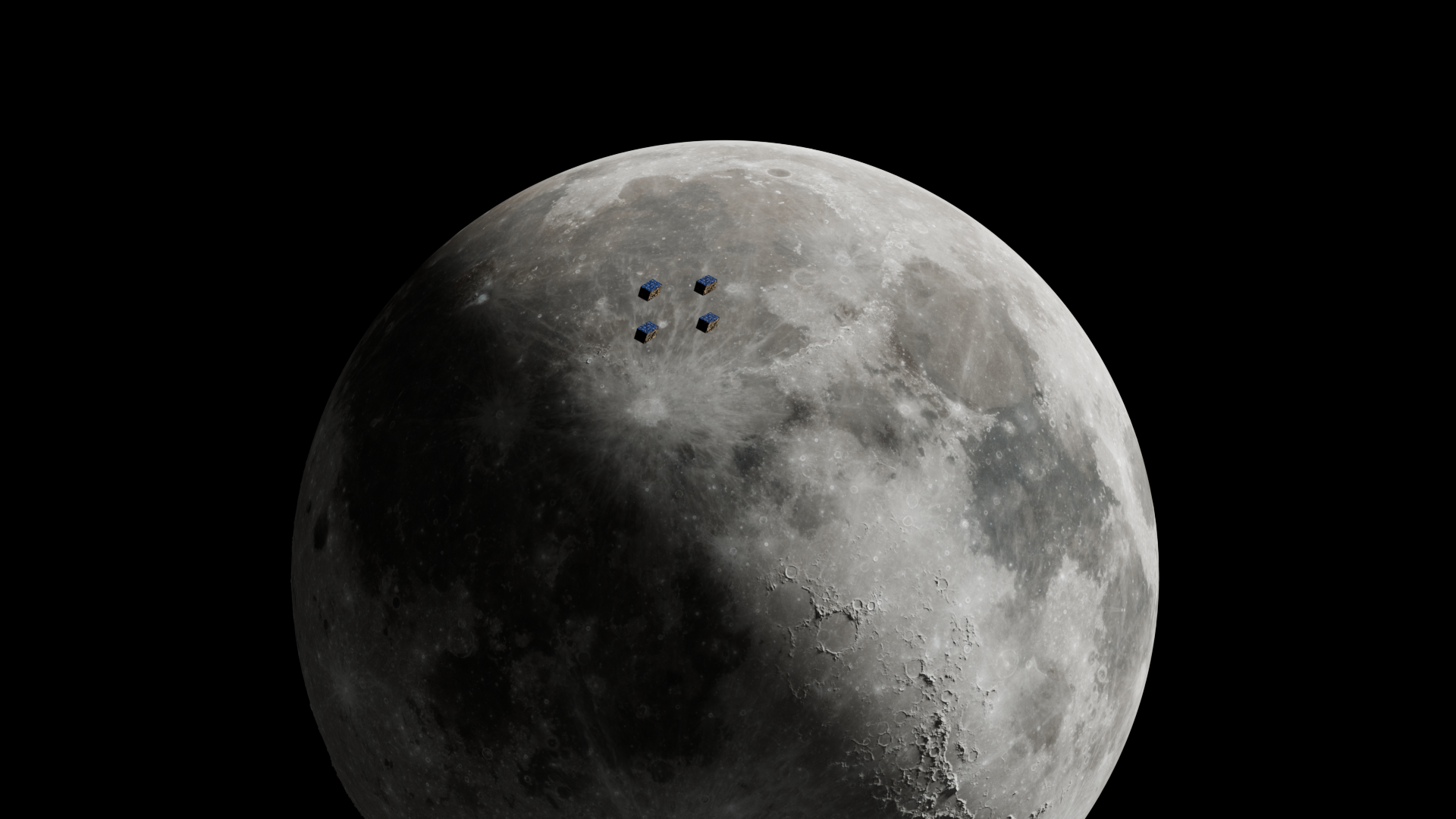

Blue Skies Space Italia has secured a contract from the Italian Space Agency (ASI) to design a fleet of satellites that could orbit the Moon and map the early universe. This project is named RadioLuna.
A study will be conducted along with OHB Italia, aiming to establish the viability of operating simple and cost-effective CubeSats orbiting the Moon and building them using off-the-shelf components such as radio transmitters. It will also exploit the upcoming set of infrastructures being developed by space agencies (such as NASA’s Artemis and ESA’s Moonlight) and commercial providers to help support communications and timing information.
One key gap in our current understanding of the Universe’s evolution is the “Dark Ages”, the hundreds of millions of years between the emission of the Cosmic Microwave Background studied by ESA’s Planck and the time at which the first stars and galaxies were born, being observed by the James Webb Space Telescope. During this crucial epoch, in which the structure visible today was formed, radio emission by hydrogen atoms was the only messenger through which the Universe could be studied.
This radio emission arrives at Earth today at a frequency (20-100 MHz) swamped by man-made radio emission, making it unobservable. A swarm of simple radio receivers mounted on CubeSats orbiting the Moon and observing when passing over the Moon’s hidden face will, for the first time, enable the study of this “missing link” in cosmology and fundamental physics.
Acknowledgements

The Mauve project has received funding from the European Union’s Horizon Europe research and innovation programme under grant agreement No. 101082738.
The RadioLuna project has received funding from the Italian Space Agency under contract No. B28882F43A.
